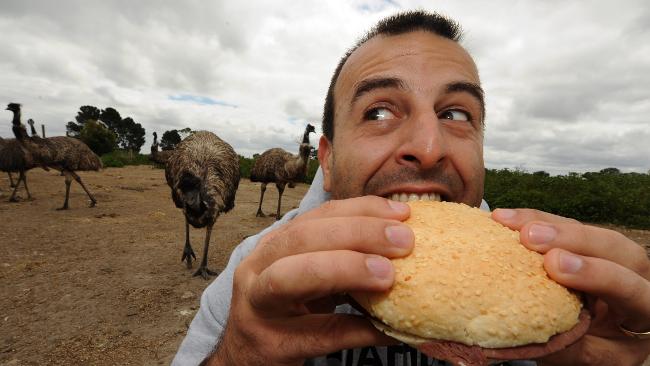Australia is essentially a Western culture influenced by the unique geography of the Australian continent, the diverse input of
Aboriginal and Torres Strait Islander peoples, the British colonisation of Australia that began in 1788, and the various waves of
multi-ethnic migration that followed. The predominance of the
English language, the existence of a democratic system of government drawing upon the British traditions of Westminster Government, Parliamentarianism and constitutional monarchy, American constitutionalist and federalist traditions,
Christianity as the dominant religion, and the popularity of sports originating in (or influenced by) the British Isles, are all evidence of a significant
Anglo-Celtic heritage. Australian culture has diverged significantly since British settlement in 1788.
The oldest surviving cultural traditions in Australia—and some of
the oldest surviving cultural traditions on earth—are those of Australia's Aboriginal and Torres Strait Islander peoples. Their ancestors have
inhabited Australia for between 40,000 and 60,000 years, living a hunter-gatherer lifestyle. In 2006, the Indigenous population was estimated at 517,000 people, or 2.5 per cent of the total population
In 2014, 24.6% of Australians were born elsewhere and 43.1% of people had at least one overseas-born parent; the five largest immigrant groups were those from the United Kingdom, New Zealand, China, India, and Vietnam.
Australia encompasses a wide variety of biogeographic regions being the world's smallest continent but the sixth-largest country in the world. The population of Australia is concentrated along the eastern and southeastern coasts. The geography of the country is extremely diverse, ranging from the
snow-capped mountains of the Australian Alps and Tasmania to
large deserts,
tropical and
temperate forests.
Neighbouring countries include Indonesia, East Timor and Papua New Guinea to the north, the Solomon Islands, Vanuatu and the French dependency of New Caledonia to the east, and New Zealand to the southeast.
The Australian mainland has a total coastline length of
35,876 km (22,292 mi) with an additional 23,859 km (14,825 mi) of island coastlines.There are 758 estuaries around the country with most located in the
tropical and sub-tropical zones. Australia claims an extensive Exclusive Economic Zone of 8,148,250 square kilometres (3,146,057 sq. mi).
This exclusive economic zone does not include the Australian Antarctic Territory. Australia has the largest area of ocean jurisdiction of any country on earth. It has no land borders. The northernmost points of the country are the Cape York Peninsula of Queensland and the Top End of the Northern Territory. The western half of Australia consists of the Western Plateau, which rises to mountain heights near the west coast and falls to lower elevations near the continental centre. The Western Plateau region is generally flat, though broken by various mountain ranges such as the Hamersley Range, the MacDonnell Ranges, and the Musgrave Range. Surface water is generally lacking in the Western Plateau, although there are several larger rivers in the west and north, such as the Murchison, Ashburton, and Victoria river.




























